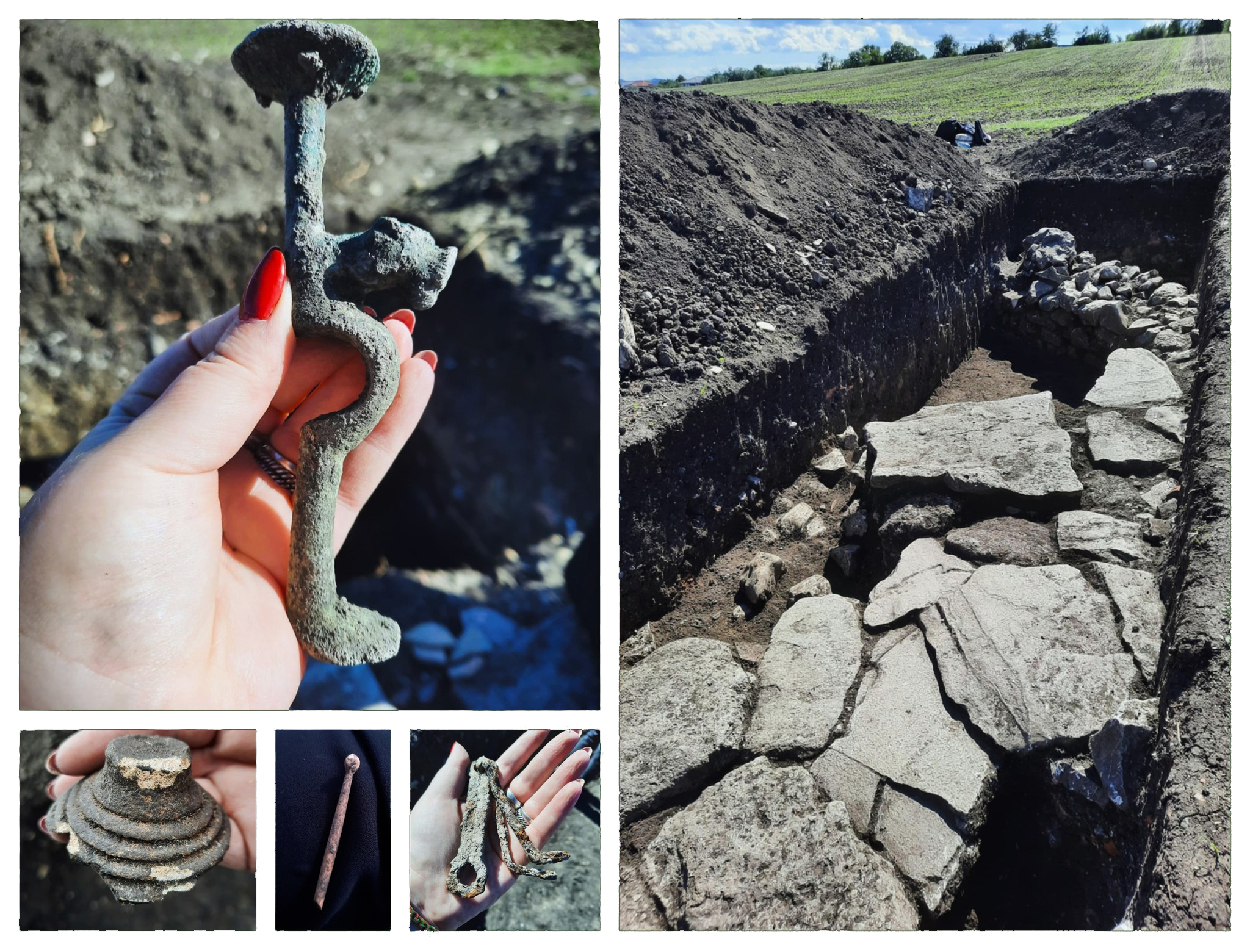Excavations of a Roman canabae legionis (civilian settlement) in Turda, Romania, have revealed a bronze box depicting a classical temple façade.
The canabae legionis developed around the military camp of the Legio V Macedonica while the legion was stationed in Potaissa (modern Turda) during the 3rd century AD.
The Legio V Macedonica was levied sometime around 43 BC during the late Republic Era, possibly under Gaius Octavius (the future Emperor Augustus).
During the early imperial period, Legio V Macedonica served across several key provinces of the Roman Empire. It took part in the Dacian Wars under Emperor Trajan (AD 101–106), contributing to Rome’s conquest of the Dacian Kingdom and the establishment of the province of Dacia.

The box was unearthed by archaeologists from the Turda History Museum while investigating a wealthy civilian residential. The box is a miniature in the design of classical temple architecture, complete with columns and a triangular pediment.
According to experts, it likely served a religious function, possibly as a container for sacred offerings or devotional objects.
Several high-status objects were also recovered, including items of personal adornment such as glass jewellery, bone hairpins, and bronze rings, as well as coins and several cult objects. The excavation also unearthed components of furniture and decorative fittings, notably a bronze tripod leg with zoomorphic decorations.
Header Image Credit : Turda History Museum
Sources : Turda History Museum

